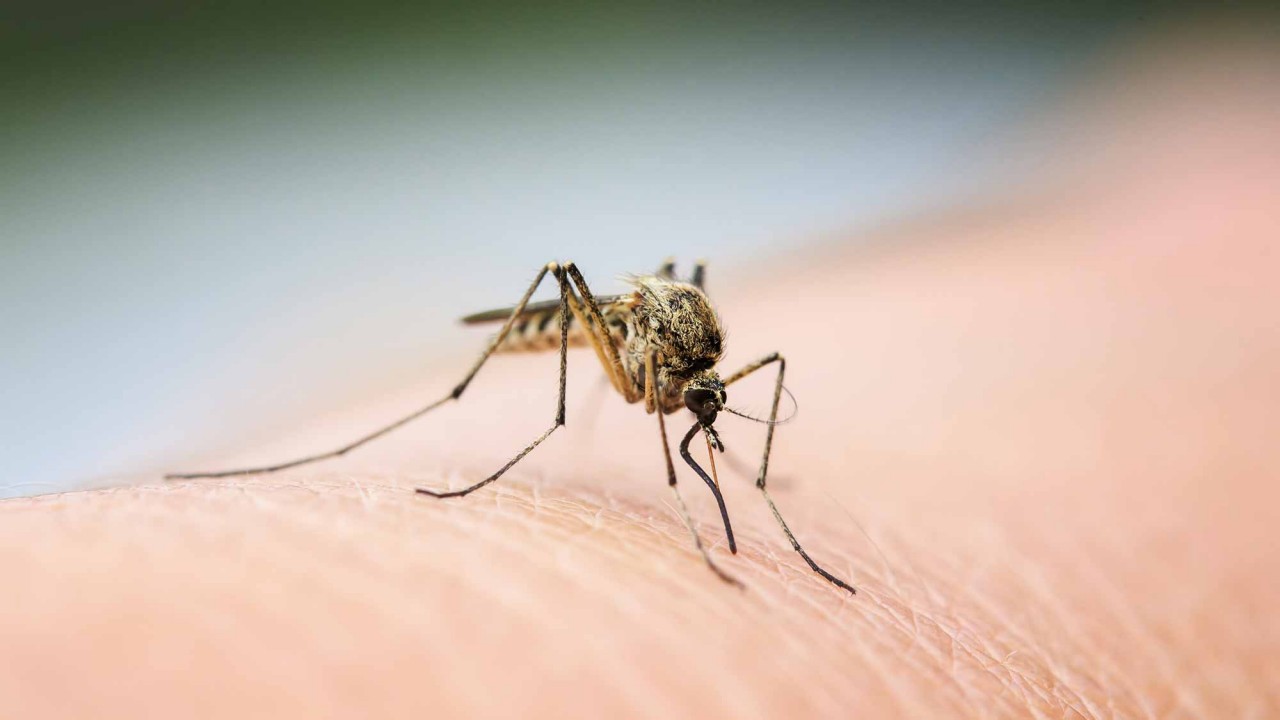How to help protect yourself from mosquito bites

Ever wonder why mosquitoes are so good at finding exposed skin to bite? The answer lies in their ability to detect the right cues, like exhaled carbon dioxide, certain body odors and body heat. Scientists are discovering the specific anatomy mosquitoes use to help them track down their targets. Details of those cues are becoming clearer.
Researchers recently identified the specific receptor in the antennae that allows them to detect lactic acid, a common substance in human sweat.
These advancements in our understanding of mosquitoes could someday translate into more targeted and effective deterrent methods. However, the days of not having to worry about a bug bite are not quite here.
In the meantime, here are some of the best ways to keep the bugs at bay.
Which type of repellant should I use?
There are many types of insect repellants on the market, some with fantastical claims and some with complicated names. Here are some of the top active ingredients you should be looking for in your repellant:
- DEET: Widely recognized as the gold standard and the most common insect repellant. While popular, DEET should be handled with care, as it is known to irritate eyes and in intense doses may induce neurological damage. However, both the Centers for Disease Control and the American Academy of Pediatrics report DEET is safe for both adults and children — and is considered essential for protection against possible disease-carrying insects.
- Picaridin: If you prefer to stay away from DEET, picaridin is a good alternative. Picaridin has proven to have similar efficacy as DEET, but without of the downsides, like skin irritation, which is sometimes associated with DEET.
- Permethrin: Another synthetic chemical like DEET and picaridin. Permethrin should only be used on clothing and gear. Do not apply permethrin-based repellant directly to your skin.
- Oil of lemon eucalyptus: A good option for those looking for a natural-based repellant. When the tree oil is refined to intensify the concentration, the resulting compound is known as para-menthane-diol (PMD). Most repellents use 30% oil of lemon eucalyptus and 20% PMD. Research on the efficacy of oil of lemon eucalyptus versus PMD is still ongoing.
Be sure to carefully read the manufacturer instructions on how to properly apply and when to reapply the repellant. If you are using repellant on a child, be sure to read the instructions geared toward babies and children.
Specific tips for babies and children
Extra attention needs to be paid when applying insect repellant on babies and children. Here are the top tips from the CDC:
- Do not apply insect repellant on babies younger than 2 months. Instead, be sure to cover your child in clothing that covers their entire body.
- Do not use products containing oil of lemon eucalyptus or PMD on children under 3 years old.
- Do not apply repellant to a child’s hands, eyes or mouth. Also, be sure to stay away from cuts or irritated skin.
- When applying repellant on a child, first spray the product into your hands and then apply to the child.
For more resources on finding the repellant that is right for you, check out the repellant search tool from the Environmental Protection Agency.

